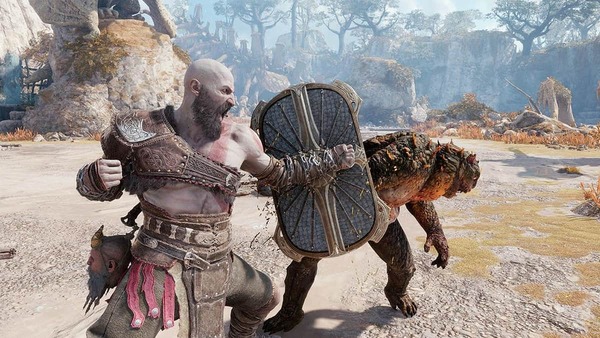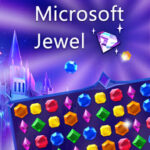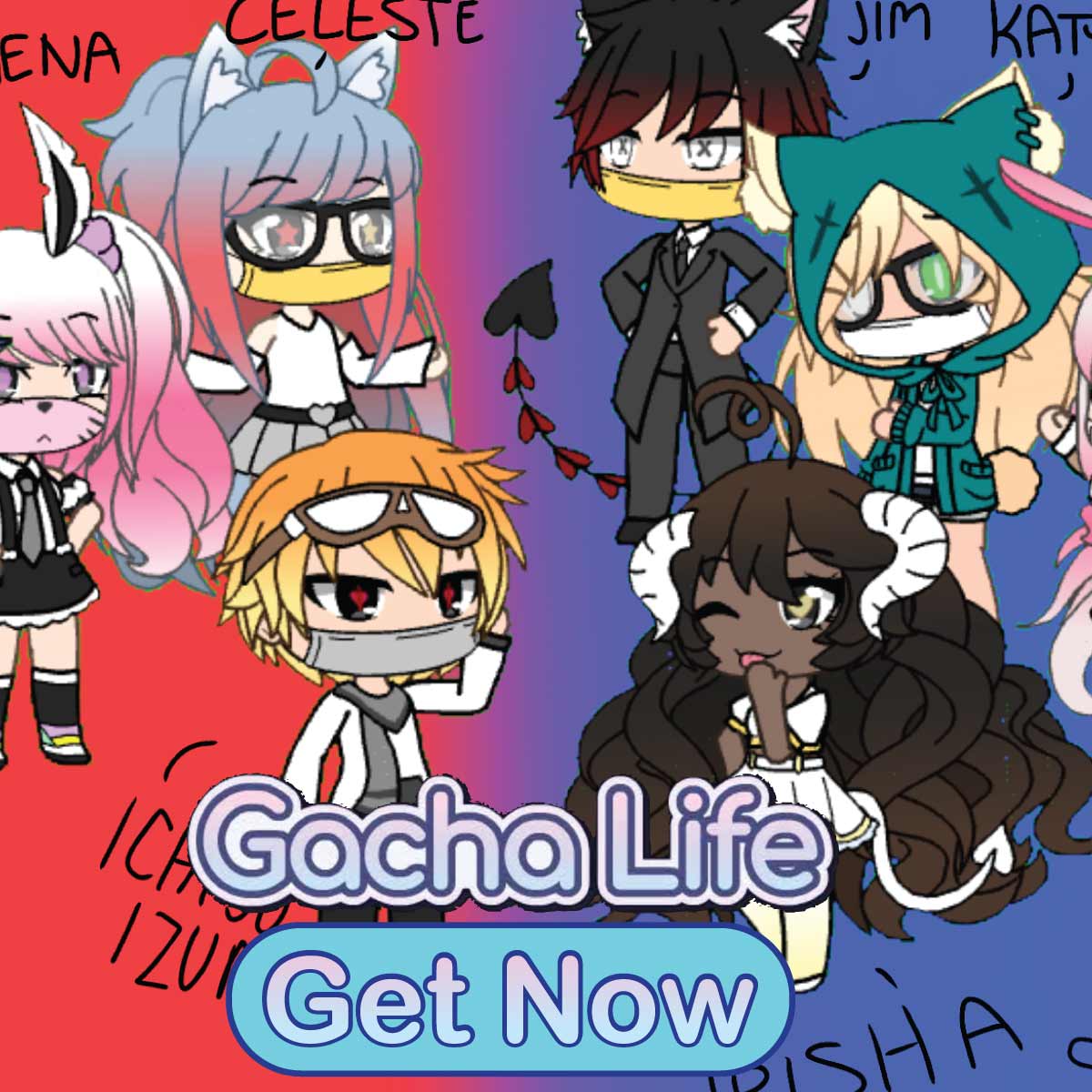Introduction
Few video game franchises have stood the test of time like The Legend of Zelda. Launched in 1986 by Nintendo, the franchise pioneered the action-adventure genre and introduced a formula that became foundational in gaming: exploration, puzzle-solving, combat, and narrative all woven together in an intricately designed world. With every iteration, The Legend of Zelda has redefined what it means to be an immersive and innovative video game experience.
The franchise has sold over 140 million units globally, becoming one of Nintendo’s most beloved and critically acclaimed series. Its central characters—Link, Zelda, and Ganon—have become iconic, while its blend of fantasy, myth, and open-world gameplay has influenced countless developers and inspired millions of players. In this article, we’ll take an expert look at the evolution of the series, dissect its core themes, examine standout titles, and provide a comprehensive rating of its legacy.
The Birth of a Legend: The Original Game (1986)
The first Legend of Zelda game released for the Nintendo Entertainment System was revolutionary. Players were dropped into an open world with minimal instructions, tasked with finding eight dungeons, defeating enemies, and collecting pieces of the Triforce.
It was groundbreaking for its time due to:
-
Non-linear exploration: Players could explore almost any area from the start.
-
Battery-backed saving: One of the first NES games to allow players to save progress.
-
Puzzles and secrets: Encouraged experimentation and note-taking.
This debut laid the groundwork for the series’ emphasis on discovery and freedom, making it one of the earliest games to reward player curiosity.
A Link to the Past and the Rise of Zelda Lore (1991)
The Legend of Zelda: A Link to the Past for the Super Nintendo introduced many elements that became staples of the franchise. It added the dual-world mechanic (Light World/Dark World), a more fleshed-out story, and refined gameplay systems.
Key innovations:
-
Deep narrative and world-building
-
Enhanced combat and magic system
-
Multi-layered puzzles and dungeons
This installment solidified Zelda's place as more than just an adventure game—it was now an epic saga.
Ocarina of Time: A 3D Revolution (1998)
Arguably the most influential title in the series—and perhaps in gaming history—The Legend of Zelda: Ocarina of Time took the series into 3D on the Nintendo 64. It introduced lock-on targeting (Z-targeting), context-sensitive controls, and a real-time day-night cycle.
Highlights:
-
Seamless transition between child and adult Link
-
Majestic soundtrack (e.g., “Zelda’s Lullaby,” “Gerudo Valley”)
-
Deep emotional storytelling
Critically, the game holds one of the highest Metacritic scores of all time (99/100). It proved 3D worlds could be both functional and immersive, and it’s considered a gold standard in game design to this day.
Majora’s Mask: Dark Themes and Time Loops (2000)
A direct sequel to Ocarina of Time, Majora’s Mask was a departure in tone. Using the same engine, it introduced a three-day time loop mechanic that created a constant sense of urgency and consequence.
What Made It Unique:
-
Groundhog Day-style progression
-
Emotional side quests with deep character arcs
-
A more somber, existential atmosphere
This cult favorite is praised for pushing narrative boundaries and challenging players with its unique structure.
The Wind Waker and Artistic Reinvention (2002)
Upon its reveal, The Legend of Zelda: The Wind Waker was divisive due to its cel-shaded, cartoonish art style. However, it’s now celebrated as one of the most visually timeless entries.
Gameplay Innovations:
-
Seamless ocean exploration via the King of Red Lions
-
Focus on naval combat and treasure hunting
-
Dynamic expressive character animations
Although some criticized the slow pace of sailing, the game’s charm and emotional depth helped win over fans in the long run.
Twilight Princess: A Darker, Grittier Hyrule (2006)
In response to calls for a more “mature” Zelda experience, Nintendo released Twilight Princess, which brought a realistic art style and darker narrative to the forefront.
Notable Features:
-
Wolf Link transformation mechanic
-
Midna, a complex and beloved companion
-
Epic sword combat with motion controls (on Wii)
Despite some pacing issues, Twilight Princess remains one of the series' most story-driven and atmospheric entries.
Breath of the Wild: Redefining the Open World (2017)
Released as a launch title for the Nintendo Switch, Breath of the Wild revolutionized open-world game design. Abandoning the traditional dungeon formula, it gave players near-complete freedom to explore, craft, climb, and solve physics-based puzzles.
Key Elements:
-
Shrines replace traditional dungeons
-
Weather and physics influence gameplay
-
Minimal hand-holding encourages experimentation
The game received universal acclaim for its ambition, design philosophy, and sense of wonder. It has become a benchmark for open-world games worldwide.
Tears of the Kingdom: Building on a Masterpiece (2023)
A direct sequel to Breath of the Wild, Tears of the Kingdom introduced underground areas, new building systems, and sky islands, further expanding the scope of Hyrule.
Additions:
-
Zonai technology enables vehicle construction
-
Storyline delves into the origins of Hyrule and Ganon
-
Continuity and evolution of mechanics from Breath of the Wild
Though built on the same engine, its innovations in traversal and environmental design solidified it as a worthy successor.
Recurring Themes and Mythology
Across all games, The Legend of Zelda features recurring symbols and themes:
-
Triforce: Courage (Link), Wisdom (Zelda), Power (Ganon)
-
Master Sword: A legendary blade to repel evil
-
Cyclic Rebirth: Each game is a variation of an eternal struggle
This cyclical mythos gives each installment its own identity while maintaining a unified lore—a delicate balance few franchises achieve.
Cultural Impact and Legacy
Zelda’s influence extends beyond gaming:
-
Music: Orchestral concerts like “Symphony of the Goddesses”
-
Merchandise: Figurines, manga, books, and clothing
-
Speedrunning Community: Especially for Ocarina of Time and Majora’s Mask
-
Game Design Influence: Inspired games like Hollow Knight, Elden Ring, and Genshin Impact
Nintendo’s careful preservation and reimagination of Zelda ensure its relevance across generations.
Pros and Cons of The Legend of Zelda Franchise
Pros:
-
Consistently High-Quality: Rarely releases a weak title
-
Innovative Mechanics: Pushes boundaries in design
-
Strong Emotional Storytelling
-
Memorable Music and Aesthetics
-
Wide Appeal Across Ages and Platforms
Cons:
-
Pacing Issues: Some games (e.g., Skyward Sword) suffer from slow starts
-
Lack of Voice Acting (Until Recently)
-
Occasional Control Gimmicks: Motion controls not always well-received
-
Hardcore Fans Resist Change: Innovations like non-linear progression sometimes meet resistance
Expert Rating of the Franchise
| Category | Score (Out of 10) |
|---|---|
| Gameplay Innovation | 10 |
| World Design | 9.8 |
| Narrative and Mythology | 9.5 |
| Art and Sound | 9.7 |
| Replayability | 9.0 |
| Accessibility | 8.5 |
| Legacy and Influence | 10 |
| Overall | 9.6 |
The Zelda franchise earns nearly perfect marks for its genre-defining creativity, design evolution, and consistent quality across nearly four decades.
Conclusion
The Legend of Zelda is more than a video game series—it is a cultural landmark. From its humble beginnings on the NES to the breathtaking landscapes of Breath of the Wild, the franchise continues to captivate, challenge, and inspire players worldwide. Its secret formula of innovation, nostalgia, and mythic storytelling has allowed it to adapt to every gaming generation while staying true to its roots.
Whether you’re a longtime fan or a newcomer discovering Hyrule for the first time, The Legend of Zelda offers an adventure unlike any other—a timeless quest worth embarking on again and again.































